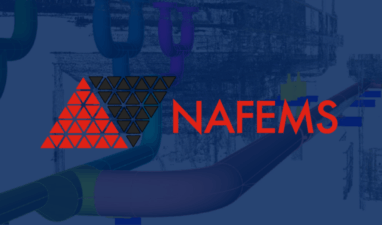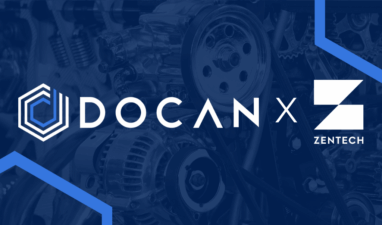
What is Front-End Engineering Design (FEED)?
An insight into what Front-End Engineering Design is and why it's important for ensuring project success, minimising setbacks and improving the overall outcome.
When we look at any large infrastructure, development or construction project, there’s an extensive amount of work and steps involved to see these projects through to the end. One of the most critical steps employed in any complex engineering project is Front-End Engineering Design (FEED).
Front-End Engineering Design plays a crucial role in the engineering design process as it helps to lay the foundation for the entire project lifestyle. It can be considered the bridge between conceptualisation and execution, as ultimately it’s responsible for ensuring the project’s viability, functionality and eventual success.
This blog post aims to provide a detailed overview of Front-End Engineering Design in the engineering domain, exploring its significance in complex projects.
Quick links:
The purpose of Front-End Engineering Design (FEED)
We can think of Front-End Engineering Design as a way to get answers to some of the most important questions involved in designing and constructing infrastructure, such as:
- What is the scope of the project?
- What are the technical requirements?
- What are the potential risks?
- Is the planned budget feasible?
- Will the project be finished on time?
- How can the project be executed efficiently?
These are just some of the key considerations that need to be made during the engineering design phase, but ultimately they can only be answered during an effective FEED stage.
Conducted after the feasibility study, the main purpose of FEED is to define the technical and project-specific requirements to get an understanding of the full scope of the project. It’s the phase where the initial concepts and ideas are transformed into a comprehensive, well-designed plan.
A series of engineering documents will be produced at this stage, which will provide a project roadmap and serve as start-up documents for the detailed engineering design phase. These documents, also known as a FEED package, cover the project’s technical, economic and operational aspects to provide a full project scope, budget and schedule.
The details provided must be accurate and comprehensive to provide a robust foundation for the following phases, as the main goal here is to minimise any uncertainties and set realistic project expectations.
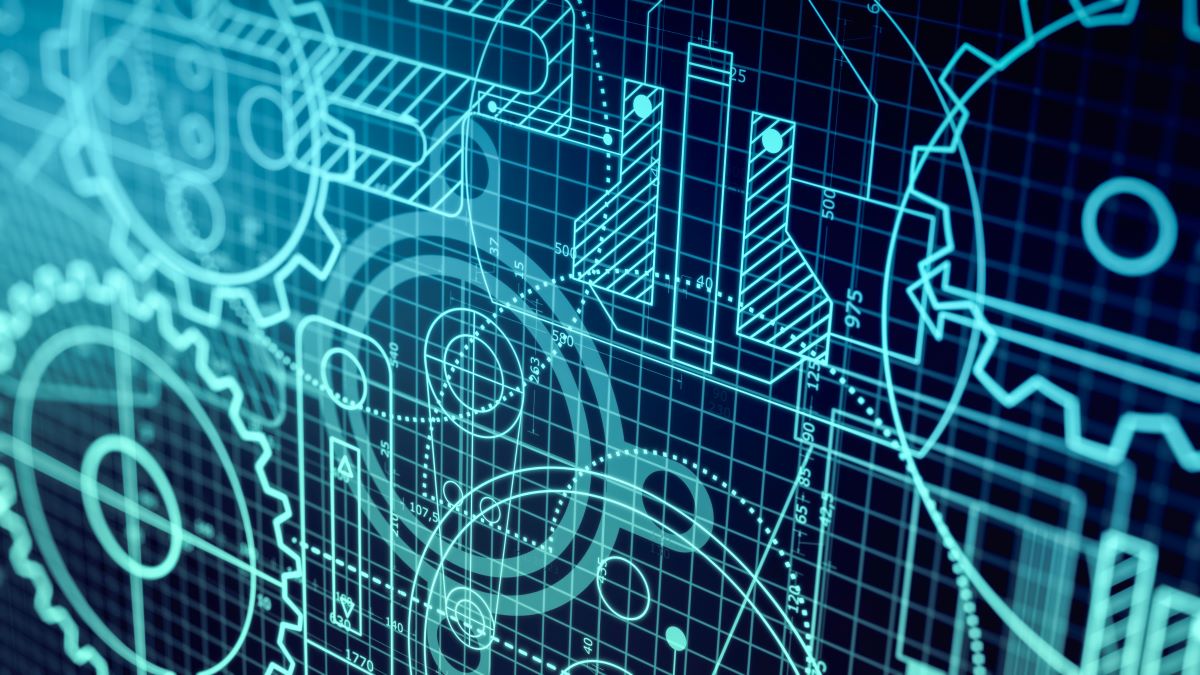
The core components of Front-End Engineering Design
Now we know why Front-End Engineering Design is crucial, what does the process actually look like?
Whilst all engineering projects are unique, the FEED process is relatively standardised. Similar aspects will always need to be covered and there is a typical set of deliverables, but the level of detail and depth needed will typically vary depending on the scope of the project and its requirements.
Some of the key aspects of Front-End Engineering Design include:
Scope definition: The FEED stage starts with clearly defining the project’s scope. This is where we will outline the objective, deliverables and constraints to get a detailed understanding of what the project is looking to achieve.
Risk assessment: Any engineering project comes with potential risks that must be identified, assessed and mitigated at the earliest opportunity to prevent any costly setbacks during the later stages of the project. A thorough risk assessment covers all possible technical, environmental, regulatory and economic risks.
Cost estimation: Through FEED we can provide an accurate cost estimation by conducting a detailed analysis of all the project’s cost components including materials, labour, equipment and any potential unplanned expenses. This is critical for ensuring that the project is not only financially viable but generates a return on investment.
Preliminary engineering: FEED includes the development of preliminary engineering designs. This involves creating basic engineering drawings, layouts, and process flow diagrams which serve as a basis for further detailed engineering work.
Regulatory compliance: Ensuring that the project aligns with regulatory requirements whether local, national or international, and other relevant standards is a crucial step. These regulations can often be complex and difficult to navigate, which is why the FEED stage must be carried out by experienced professionals to avoid any hiccups along the way.
Stakeholder engagement: Communication is key throughout the FEED phase and engaging with stakeholders, clients, engineers and regulatory bodies is critical in ensuring practical alignment, managing expectations and addressing any concerns in the early stages.
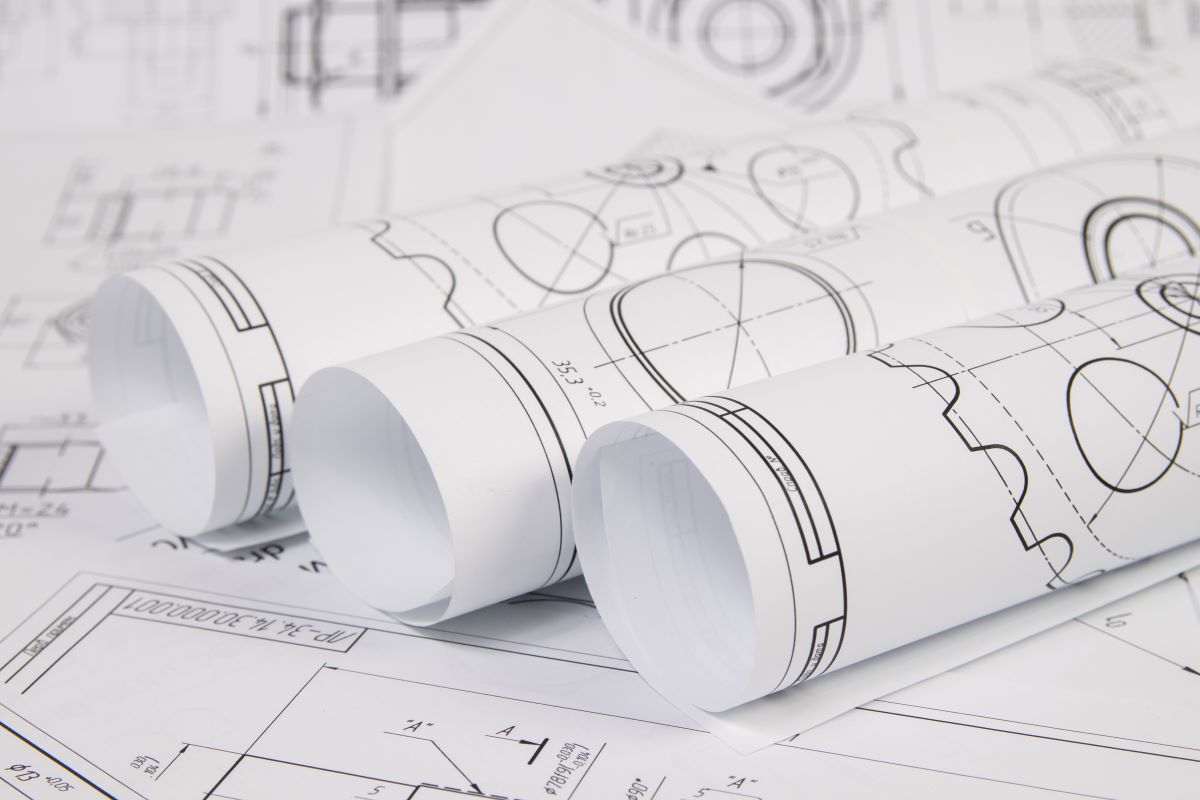
The importance of FEED in ensuring project success
In engineering, you can never be overprepared. The need for meticulous planning and preparation can’t be overlooked and Front-End Engineering Design plays a pivotal role in that.
By providing a structured approach to planning and design, FEED helps to:
1. Identify risks and opportunities
This is undoubtedly one of the most important benefits of FEED. Through a systematic assessment of risks, we can evaluate many aspects of safety, environmental, schedule, technical and supply chain risks, and develop proactive mitigation strategies to reduce the likelihood of unexpected challenges during construction and operation.
Projects that implement the FEED process will typically be lower risk with fewer unknowns, and that’s the recipe for success. These assessments can also uncover any opportunities for optimisation and competitive advantages which can ultimately lead to improved outcomes.
2. Save costs and increase return on investment
Facing unforeseen engineering challenges in the later stage of a project can be incredibly costly and a major setback. However, a thorough FEED process will help to identify and address any potential challenges early on, preventing the need for costly changes down the line.
On top of that, the accurate cost estimations produced during FEED ensure that budgets are realistic and aligned with the project goals from the beginning.
3. Optimise project schedule and direction
Essentially, FEED lays the groundwork for a realistic project schedule and ensures that all key stakeholders are on the same page. By optimising project timelines and aligning everyone’s vision, we can achieve more efficient execution.
4. Increase quality assurance
The detailed engineering and design work carried out during the FEED process ensures that all aspects adhere to industry standards, regulatory requirements and client specifications which in turn contributes to a higher level of quality assurance in the finished product.

Investing in FEED services
Whether it’s a large and complex greenfield project or simply adding a few upgrades to an existing facility, investing in Front-End Engineering Design services is the key to success.
It takes a high level of skill and knowledge to execute the FEED stage effectively, and this experience isn’t always available in-house. This is where DOCAN comes in.
As an independent engineering consultancy, DOCAN works with global clients across various industries to offer top-level Front-End Engineering Design advice and solutions. We have unrivalled experience working with clients in oil & gas, nuclear, power generation and other high-integrity industries, helping them to produce a well-defined project scope that lowers the overall cost of their projects and improves success.
Our capabilities include conceptual designs, FEED studies, detailed engineering, simulation modelling and more to help clients take their projects from concept to completion without any setbacks.
If you’re interested in hearing more about our Front-End Engineering Design expertise or wish to make an enquiry, get in touch with us.
